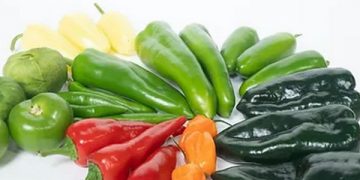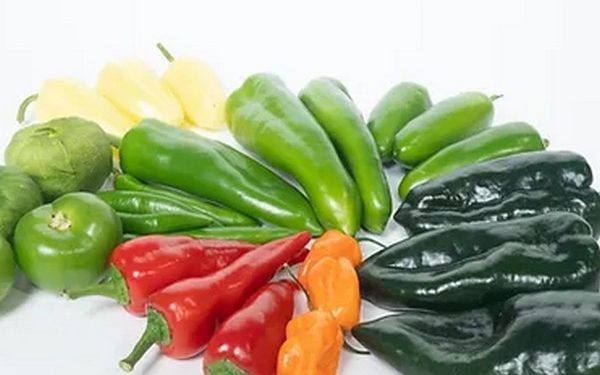Assessing the Impact on Supply Chains and Pricing
In the realm of hot pepper production, current challenges are reshaping market dynamics significantly. Francisco Clouthier of Maui Fresh International LLC highlights a critical shortage stemming from unexpected production issues across key regions.
The supply chain disruption originates from Sonora, Mexico, where premature cessation of production has occurred due to adverse weather conditions. Early-season weather delays followed by intense heat towards the end further exacerbated the situation. Despite ongoing efforts, the output from Sonora remains minimal in both quality and quantity.
Typically, this period sees a shift to Coachella for production, yet this year witnessed a complete absence of hot peppers due to prohibitive production costs. Clouthier notes a recent history of unprofitable years prompting growers to skip this season entirely, leaving a significant void in Anaheim, Jalapeno, and Serrano peppers.
The situation in Baja, affected by cooler temperatures and persistent overcast weather, contributes marginally to the Western U.S. supply. However, the anticipated influx remains insufficient to meet demand.
Concurrently, Bakersfield, California, expects a delayed start to its production, tentatively commencing within the coming weeks.
Strong Demand Dynamics in Mexico
Demand dynamics, primarily tied to contractual obligations, underscore another facet of the crisis. Clouthier emphasizes the impact of a robust Mexican Peso, which, despite recent slight adjustments, continues to favor the domestic market over exports. This reversal contrasts sharply with typical market conditions, where exports often command a premium.
The current imbalance has driven prices notably higher, particularly for Anaheim peppers compared to last year. Jalapeno prices stabilize around the mid-$20 range, whereas Serrano prices, though beginning to taper, remain elevated.
Anticipations hinge on the forthcoming California production, with hopes pinned on favorable weather conditions. Clouthier stresses the vulnerability of hot pepper cultivation to natural elements, underscoring its susceptibility compared to other crops.
In conclusion, while challenges persist, optimism surrounds potential stabilization as California gears up for production. The industry remains vigilant, closely monitoring developments that will shape the trajectory of hot pepper markets in the near term.































